Jonny Duddle – What becoming a published author taught me about resilience
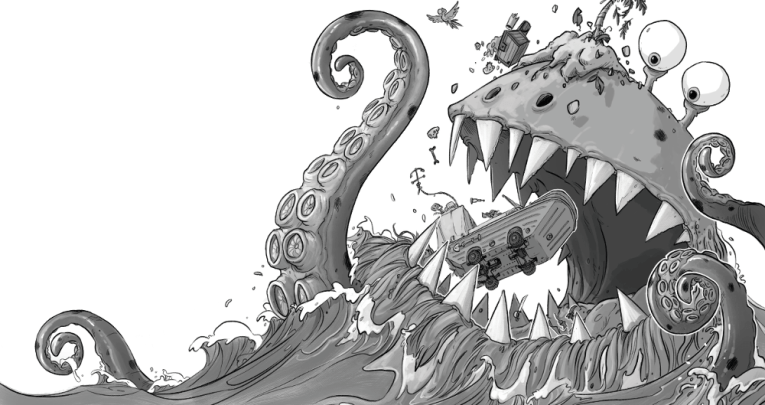
He always knew he wanted to write children’s books – but getting published meant Jonny Duddle learned a thing or two about perseverance…
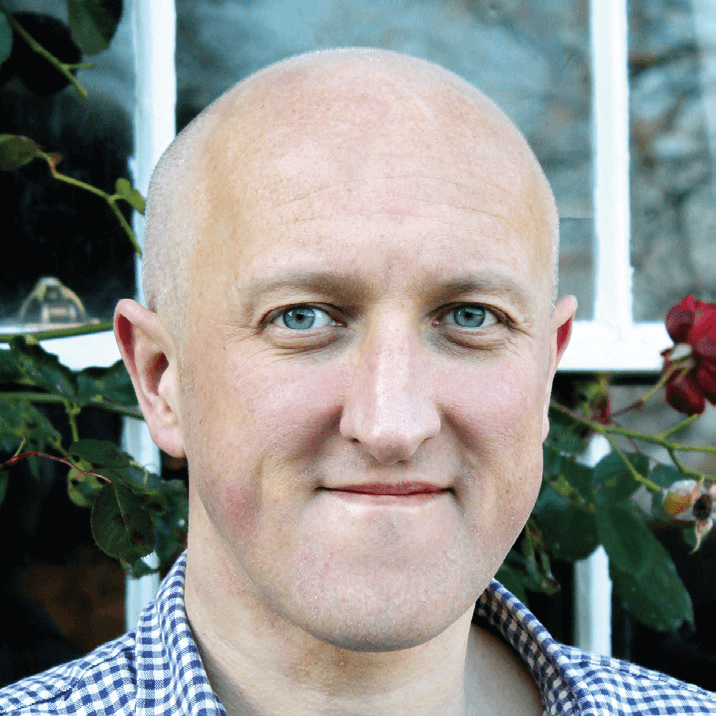
- by Jonny Duddle

My early memories are all quite vague; my dad worked for a brewery, so we moved around quite a lot, which might be part of the reason why I don’t actually remember the process of learning to read.
I do remember the first book I properly loved, though – and I still love it: Where the Wild Things Are, by Maurice Sendak.
I can recall it being read to me as a very young child, and later, reading it for myself. The story and the illustrations drew me in irresistibly, and it’s still an inspiration for me today.
I’ve always enjoyed drawing, but words are important to me, too, and I knew even when I was in primary school that I wanted to write children’s books one day.
The trouble was, growing up in the North of England, and in Wales, writing wasn’t really seen as a ‘proper’ job, and nor was illustrating.
My dad was very encouraging of my art generally – he enjoyed drawing too, and would spend time making pictures with me – but at no point did he see it as anything that could lead to a viable career option.
Growing obsession
During my A levels, I was obsessed with drawing. I had a friend whose uncle kept his static caravan outside his parents’ house in the hills for the winter, and he and I would stay there for days, creating comics and inventing worlds.
I was studying art at school, of course, plus geography, which I also loved because of my passion for maps. I wanted to take English as my third option, but dad made me do maths instead, for when the ‘art thing’ didn’t work out.
I’d been pretty good at maths up to then, but after being accepted at the local art school before my exams, I had little motivation to revise and I ended up with an ‘N’ at A-level.
I graduated in ‘93, but the trouble was I had no idea how to turn my degree into a job in ‘books’, so I moved back to Wales and tried to sell prints of dragons and goblins (it’s a Welsh thing – you can’t help but expect to find fairies and elves behind a tree at any moment).
After a while, thinking there might be more opportunities in a big city, I moved to Bristol, where I somehow ended up working on a square rigged pirate ship, sailing around Britain, dressing up and showing parties of schoolchildren around the vessel.
I loved working with the kids so much that I eventually applied for teacher training (after brief stints as a children’s entertainer, teaching art in Botswana and working in a gallery), and while I was in my first classroom job I bought a computer and a copy of the Writers’ and Artists’ Yearbook, and sent off about 50 letters and printed packs to publishers, agents, greeting cards companies and so on.
I ended up with a mountain of rejection slips – and my confidence shot to pieces.
A rambling journey
I wanted a change, so a friend suggested I apply to his a computer games company, which was where I stayed for the next 10 years.
I was still drawing and writing in my own time, but it wasn’t until my first daughter was born in 2005, and I realised how little I was seeing of her, that I went freelance, and started trying with the book stuff again.
This time, it happened almost ridiculously quickly. I got myself an agent, and within weeks I had my first contract, with Templar, for The Pirate Cruncher.
I don’t often do illustrations for other authors these days – producing one of my own books takes about a year, and I always seem to have ideas for about 20 that I want to write in my head at a time – but the Harry Potter gig wasn’t one to be turned down.
When my agent was asked if I’d be interested, I confessed that I hadn’t even seen the films, let alone read the books. I did read the whole series once I was offered the contract, and Stephen Fry’s audio versions were extremely helpful while I was working up my cover ideas.
When children come to book signings now, they’ll often bring Harry Potter as well as books I’ve written, and it feels good to think that my contribution to the series has been meaningful for them.
It’s been quite a rambling journey, then, despite knowing where I wanted to be from the start.
And even now, as a published author, I worry all the time about how good or bad my work is; that was why it took me so long to try again after that first round of rejections, and also the reason my agent and publisher tend to get fairly stressed when I’m due to send something in, as I always run it all the way to the line trying to get everything perfect.
I used to be so scared of getting it wrong – I had to learn to keep ploughing on, and redoing the words and images, trusting that they’ll go right in the end.
I think that’s an important lesson for all of us, really; and it’s definitely one that children can start learning at school.
The Pirates of Scurvy Sands
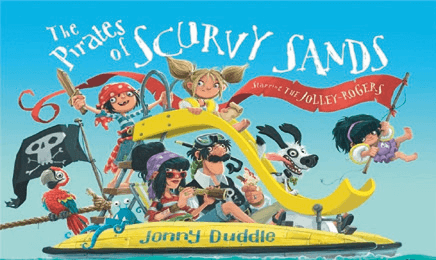 When Matilda goes on holiday with her friends, the Jolley-Rogers, to the island of Scurvy Sands, the swashbuckling residents are not too impressed; she’s definitely no pirate. But then Matilda discovers the secret of the legendary treasure, and their opinions change…
When Matilda goes on holiday with her friends, the Jolley-Rogers, to the island of Scurvy Sands, the swashbuckling residents are not too impressed; she’s definitely no pirate. But then Matilda discovers the secret of the legendary treasure, and their opinions change…
The King of Space
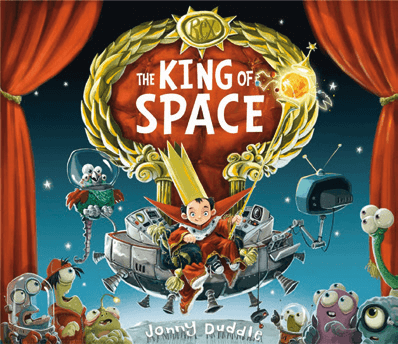 Rex looks like an average 6-year-old, living on his parents’ moog farm and going to mini galactic citizen school; but he’s going to be King of Space one day – as long as his mum helps out…
Rex looks like an average 6-year-old, living on his parents’ moog farm and going to mini galactic citizen school; but he’s going to be King of Space one day – as long as his mum helps out…
Gigantosaurus
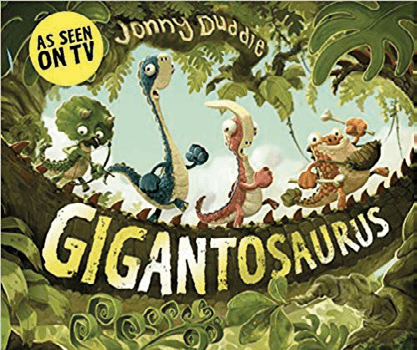 Young Bonehead is the original boy-dinosaur who cried wolf, or in this case, GIGANTOSAURUS! Finally, Bonehead’s friends refuse to believe his warnings and the Gigantosaurus really turns up…
Young Bonehead is the original boy-dinosaur who cried wolf, or in this case, GIGANTOSAURUS! Finally, Bonehead’s friends refuse to believe his warnings and the Gigantosaurus really turns up…
(All books published by Templar)










